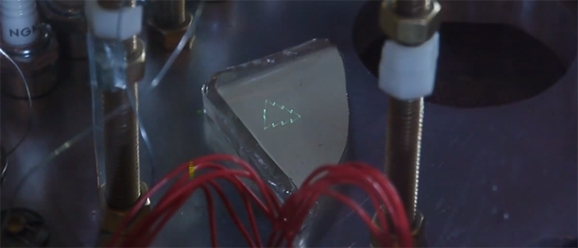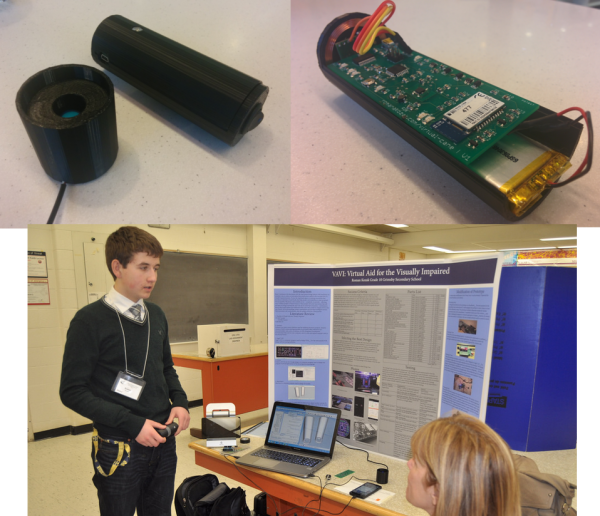
After being inspired by the Deciwatt Gravity light, [Steve Dufresne] decided he wanted to try making his own as a proof of concept.
The Gravity Light by Deciwatt is an innovative device designed for third world countries to help eliminate expensive lighting like kerosene lamps. It has a small weight on a pulley which can be lifted up in under 3 seconds. During its slow descent down the weight provides light for 25 minutes! It’s affordable, sustainable, and reliable. It’s also mechanically impressive, which is exactly why [Steve] decided to try making his own.
He’s using a single LED, a small DC motor, a few pieces of wood, an old bicycle wheel, some bicycle chain, and a few jugs of water. The water is connected to the chain which is looped over the smallest gear on the bike. The generator is then powered by a belt wrapping around the outside of the rim. This gives the motor enough speed to generate electricity for the LED. His current design only lasts for about 3 minutes, but he’s already working on the second iteration. Testing systems like this really give you an appreciation for the effort that must have gone into the real Gravity Light.
Stick around after the break to see it in action.
Continue reading “Homemade Gravity Light Doesn’t Last Long But Proves The Concept!”
















